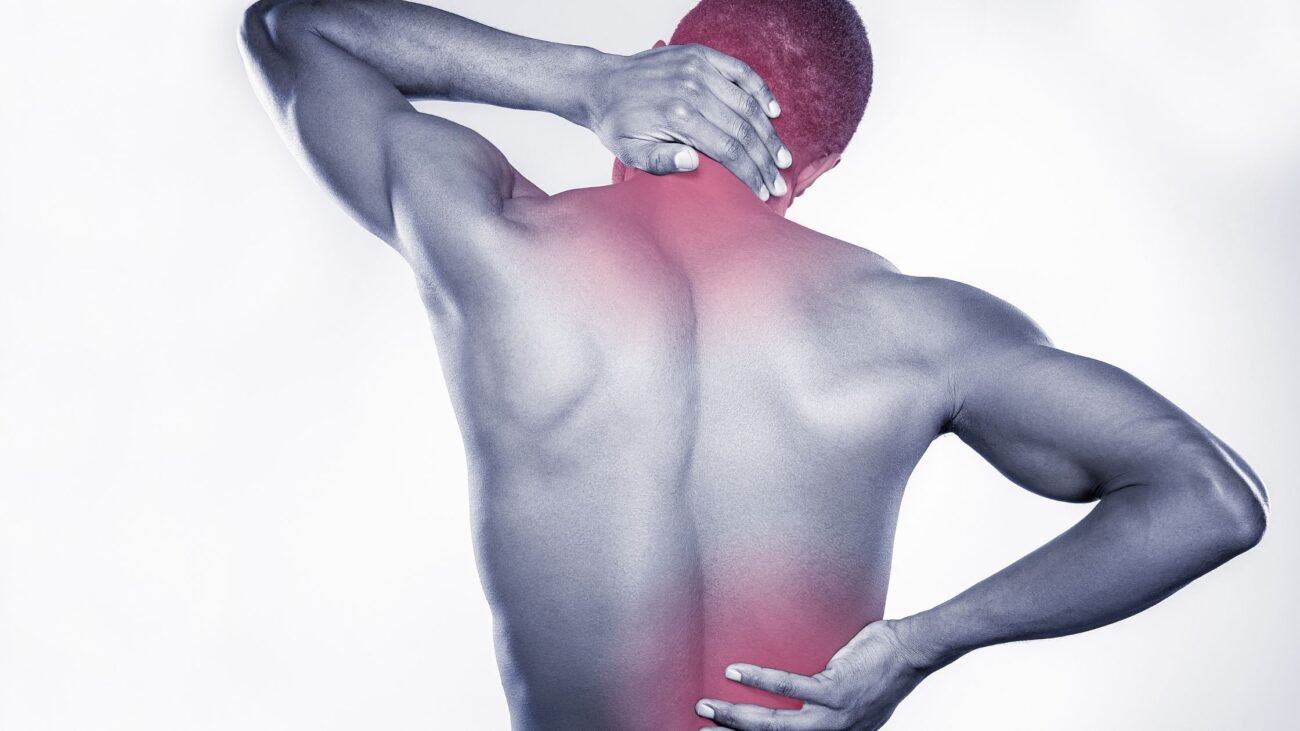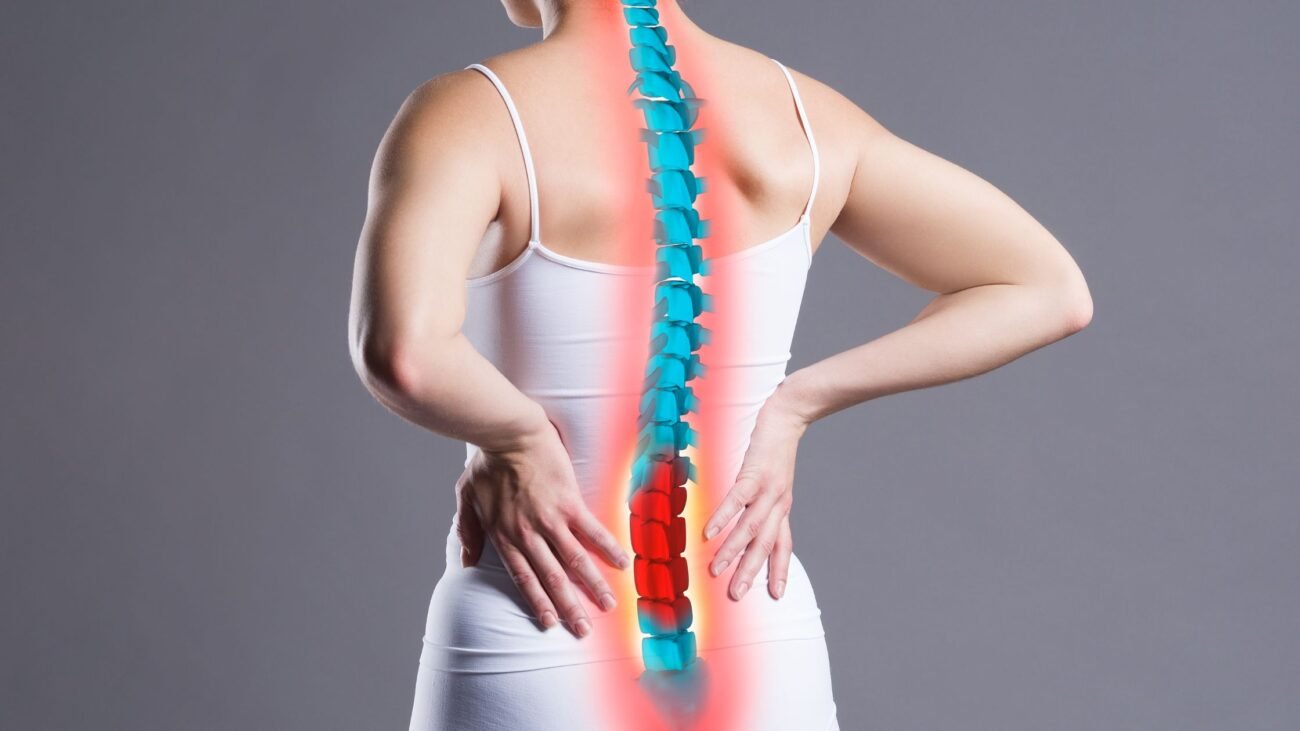Tailbone Pain (Coccydynia): Causes & Pain Relief
Nowadays, tailbone pain is common among people of all ages because of their sedentary lifestyle, which leads to disturbed sleep at night.
Medically tailbone is referred to as the coccyx. This small bone located at the bottom of the spine is prone to injury and soreness.
So it is important to keep it in alignment by practicing a few positions while sleeping, which will reduce the pressure on the coccyx and will result in relief.
Before telling you the best sleeping positions, it is important to analyze the causes of tailbone pain.
Causes of Tailbone Pain (Coccydynia)
1. Broken Tailbone
A fractured or broken tailbone is the most concerning and severe cause of tailbone pain.
If your tailbone is indeed broken, you’ll most likely notice it right away. It usually occurs as a result of a specific event, such as a serious fall, injury, or trauma.
In other cases, something as simple as sitting on a hard surface can break your tailbone.
Because the tailbone is so small and easy to break or dislocate, it’s not uncommon to end up with a broken tailbone.
2. Pregnancy
Another cause of tailbone pain is pregnancy. When someone is pregnant, there is a lot of extra pressure on lower back pain, which leads to coccydynia.
As the result during pregnancy, there is a lot more pain due to additional weight.
3. Tailbone Pain When Sitting
A cause of daily tailbone pain is prolonged sitting or a sedentary lifestyle.
For instance, people working in the office are seated at a desk all day due to which whole pressure goes on to the tailbone resulting in coccydynia and achiness.
Moreover, chairs in offices are poorly designed resulting in misalignment of the tailbone.
What Causes Tailbone Pain to Be Worse at Night?
Go to bed thinking that you will get relief and will get up fresh and pain-free the next morning but unluckily things turn out against you because you sleeping in odd positions and not checking the positions you are sleeping in.
So this is why tailbone pain is worse at night.
How is Tailbone Pain Treated?
1. Side Sleeping with a Pillow Between Your Knees
For those who are side sleepers, you better have a pillow between your knees so that your coccyx is in alignment with the whole body.
And even you can place a pillow in front of you, so your top arm can rest on it and also prevent you from twisting your torso.
In addition, women particularly might need a small pillow at the waist if they feel uncomfortable there.
Sleeping in the proper position will give a positive result and prevents you from further damage. Also, this position is good for pregnant women to cradle their bellies.
2. Lie on Your Back with a Pillow Beneath Your Knees
This is one of the best positions to sleep in as this will keep your spine and joints correctly aligned.
Also, this will help you rest comfortably and allow your musculoskeletal system to restore itself overnight.
When opting for this position, remember to place a lumbar pillow beneath your knees. This allows your lower back to relax on your mattress which otherwise would not be possible to give tailbone support while sleeping, making the problem worse.
As the result, there will be less pressure on the tailbone, and your body will feel refreshed in the morning.
3. A Pillow Under Your Abdomen While Sleeping on Your Stomach
You may have heard that stomach sleeping is bad, well, this is partly true because it is going to add stress to your lower back and neck.
But you can sleep on your stomach without adding stressing your lower back and neck, by placing a king size pillow under your lower abdomen to release some of the pressure off your back.
Also, it is optional to use a pillow under your head, depending on your comfort.
This position is only preferred to those who are in habit of sleeping on their stomach with coccyx pain.
4. Remember: Alignment is key
Always try and make a routine to sleep in a good position. I know many of you are habitual of sleeping in a certain way but to have healthy sleep you have to focus on improving your sleeping position, especially for people with tailbone pain otherwise it will get worse day by day.
As the result, the integrity of your spine will be maintained, and will always get up fresh and relaxed.
Throughout the Day, Consider Using a Coccyx Cushion, that is, Memory Foam Seat Cushions.
Using a Coccyx cushion not only keeps your tailbone in its position but keeps your whole body in alignment and you will not feel fatigued.
And in case you are suffering from coccyx injury or pain then it is best for you as it will help in relieving pain.
If not able to get relief then do consult a doctor for the same immediately to prevent long periods of pain.




